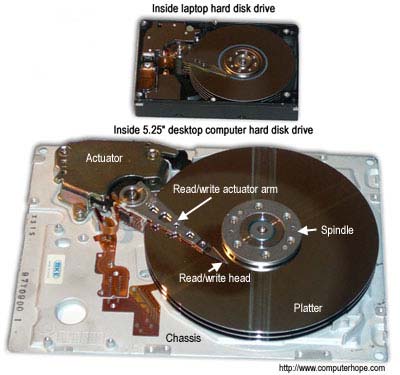May 2010 - Converted the mostly table driven site to a CSS style website. This update involved several hundred thousand changes throughout the site and added more additional features including better RSS feed support and the printing support.
August 2009 - Computer Hope mentioned in Reader's Digest Fix Computers, Cars and Appliances for Free article.
August 2009 - Computer Hope mentioned on the Today Show.
March 2009 - Computer Hope mentioned on the BBC Webscape show.
November 2008 - Computer Hope releases the Process / HijackThis tool.
March 2008 - Computer Hope releases its free System Information script tool and Is it up tool.
September 2007 - Posted our 1,000th question and answer document.
March 2007 - Completed conversion to the new Computer Hope forums. The new forums offer many new features, fix all of the issues we were encountering, and increase the overall performance and future capabilities. The new forums can be found here.
December 2006 - Posted our 900th question and answer document and completed the complete the first major overhaul of the Computer Hope site.
August 2004 - Computer Hope surpasses one billion hits.
May 2004 - Computer Hope publishes its word converter program, the Computer Hope forum exceed 1,000 users, and Computer Hope posts its revised online help section and chat room.
March 2004 - Computer Hope receives over four million unique visitors and over twenty seven million hits.
March 2004 - Implemented the Computer Hope online chat room and the Computer Hope online forums to help broaden Computer Hope's online community and means to help users with their computer related questions.
January 2003 - Computer Hope develops numerous new scripts to help with automating many of its processes, creates a new search engine, updates the content on hundreds of pages, and completes the majority of its new dictionary.
April 2002 - Computer Hope begins the process of completely redoing its dictionary, refreshing each of the thousands of definitions with more information and links to related information and definitions.
January 2002 - Computer Hope receives over two million unique visitors and over eighteen million hits.
March 2001 - Computer Hope receives over one million unique visitors and eight and a half million hits.
March 2001 - Computer Hope is featured in PC World Sixth Annual Best Free Stuff on the Web (Page 126).
February 2001 - Computer Hope publishes its first weekly newsletter.
February 16, 1999 - Develop custom search engine.
December 1, 1998 - Computer Hope reaches over One Million hits in its first month.
November 2, 1998 - Computer Hope is released to the public. Information about Computer Hope's name change can be found on document CH000004.
